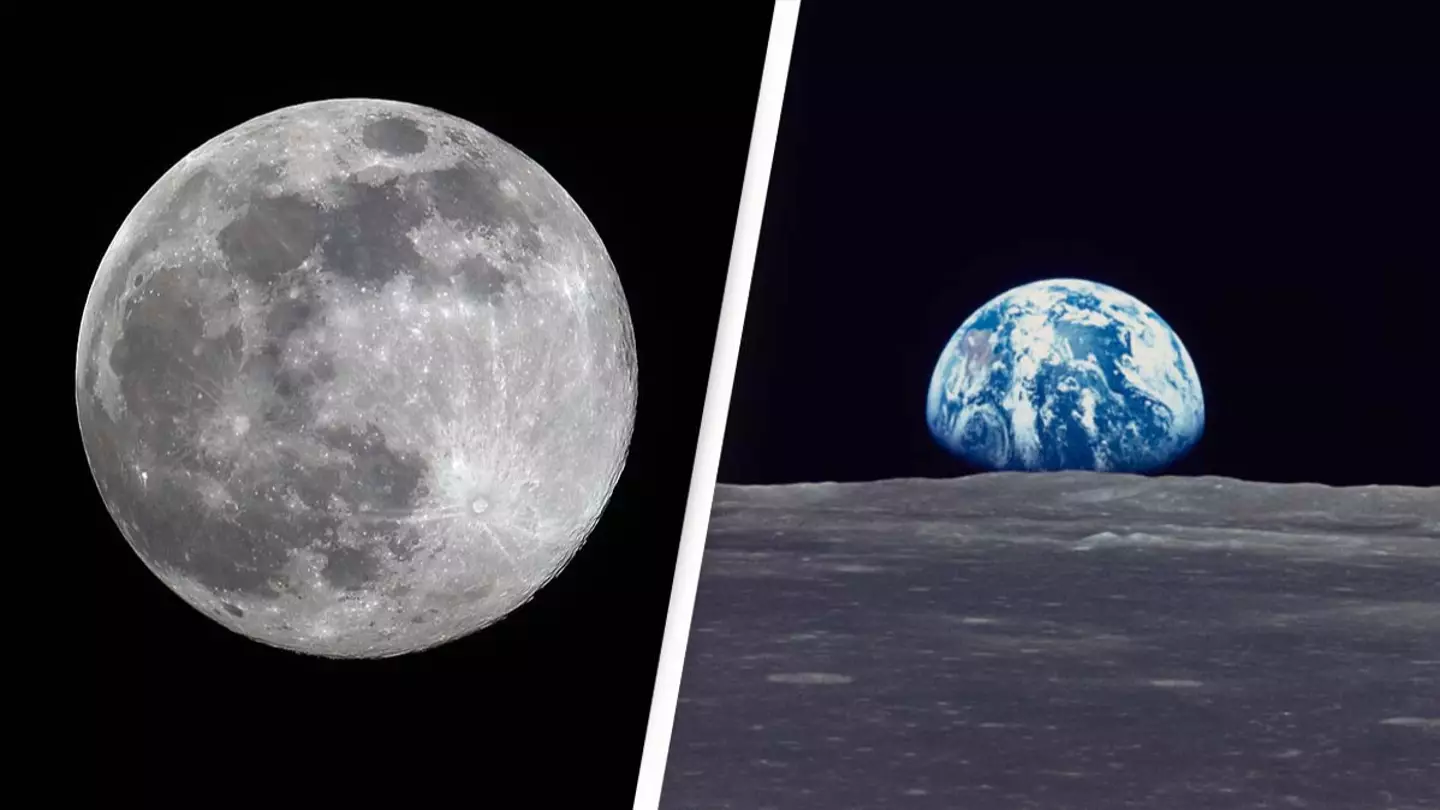The Moon is drifting away from the Earth and making days longer, new study finds
It's claimed that eventually a day on Earth will be extended to 25 hours long.
Featured Image Credit: Chris Jackson/Getty Images / Space Frontiers/Archive Photos/Hulton Archive/Getty ImagesTopics: Space, Technology, Science

